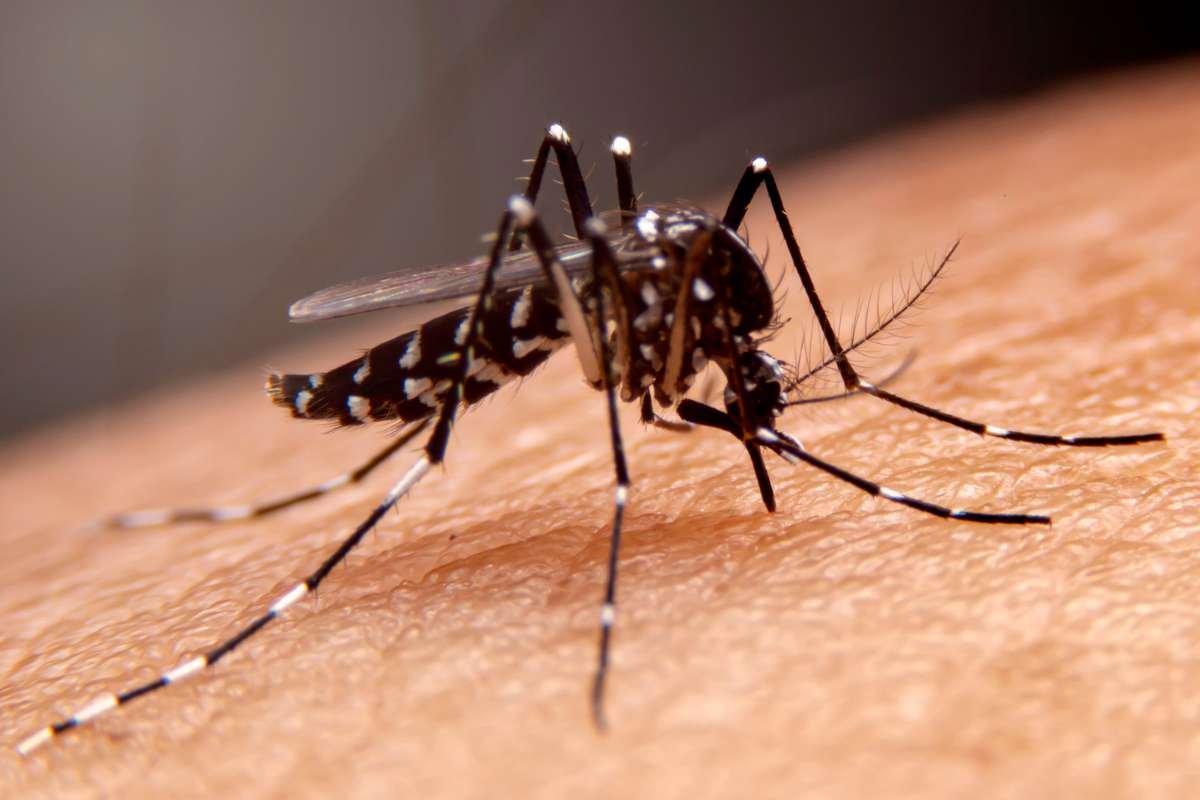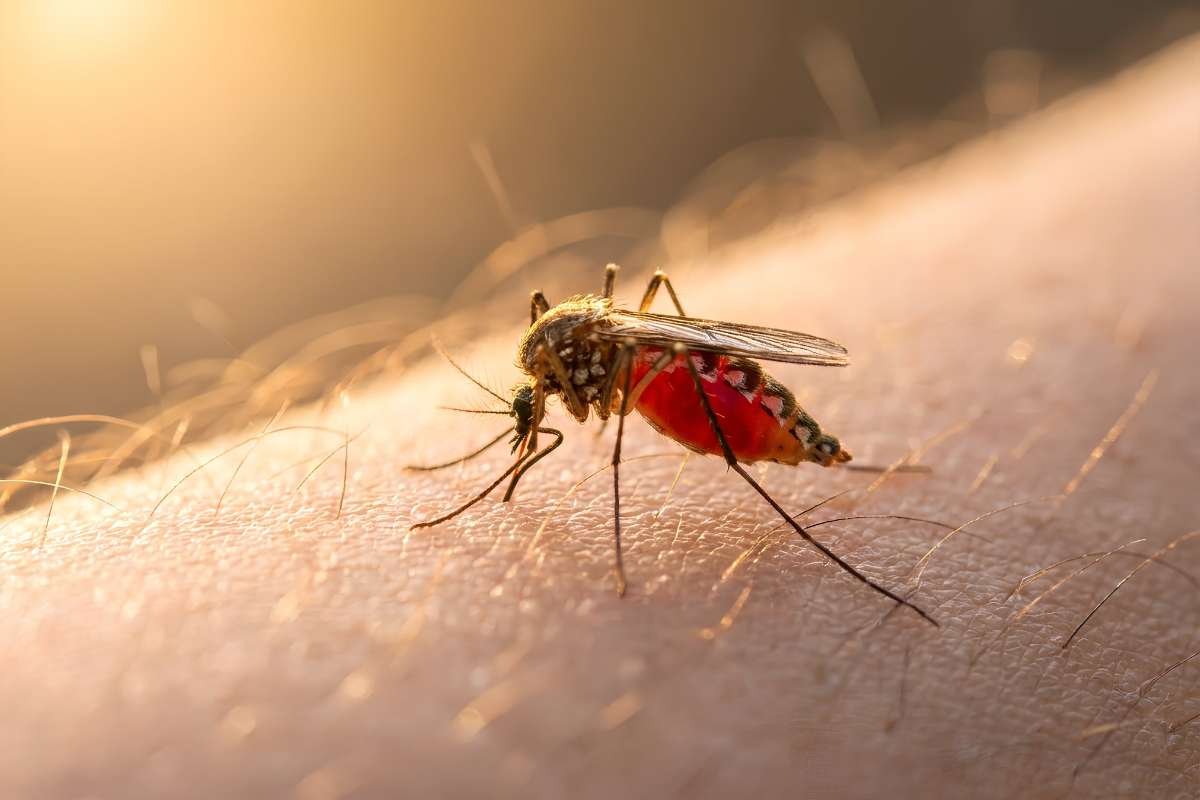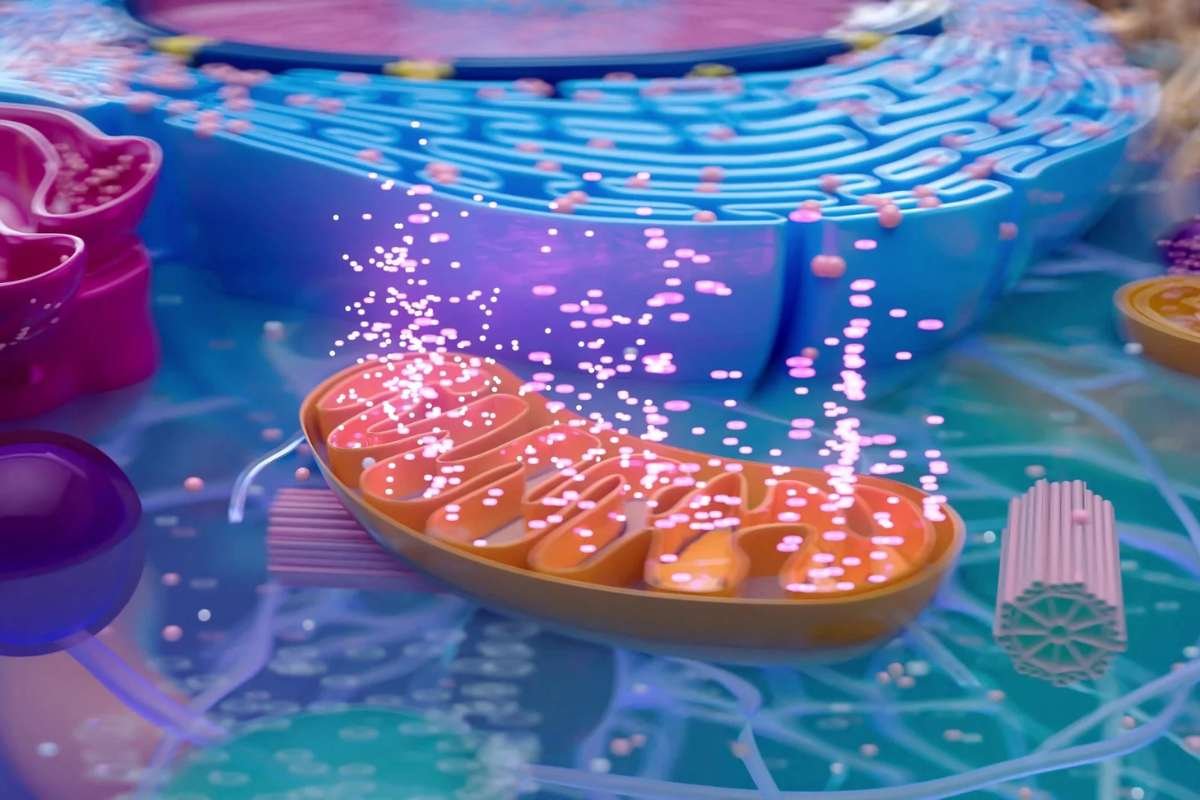Historic Federal Investment to Advance Eye Transplants
A groundbreaking federal fund initiative has allocated up to $47 million to revolutionize eye transplantation, aiming to restore vision through innovative clinical trials. The Advanced Research Projects Agency for Health (ARPA-H) awarded this six-year funding under the Transplantation of Human Eye Allografts (THEA) program. The project, Total Human Eye-allotransplantation Innovation Advancement (THEIA), represents a collaborative effort to address the technical and medical challenges of eye transplants.
To date, only one whole-eye transplant has been attempted successfully. In 2023, surgeons at NYU Langone Health conducted the procedure as part of a face transplant. Although the transplanted eye remained viable a year later, it has not yet restored vision. Leading the charge to overcome such barriers are eight renowned institutions, including the USC Roski Eye Institute at the Keck School of Medicine, Cedars-Sinai Medical Center, Johns Hopkins University, and the National Eye Institute. The research strategy focuses on preserving donated eyes, repairing and attaching optic nerves, and streamlining the surgical and post-operative processes. Cutting-edge technologies such as gene and cell-based therapies, alongside nerve-augmenting devices, are central to the effort.
USC’s Role in Pioneering Eye Transplant Techniques
Supported by a federal fund, Dr. Kimberly Gokoffski, a neuro-ophthalmologist and surgeon-scientist at USC, leads the institution’s contributions to THEIA. With recent medical advancements turning once “sci-fi” ideas into feasible projects, Dr. Gokoffski is spearheading efforts to implement innovative protocols for donor-patient matching, surgical procedures, and post-operative care. Her leadership extends to developing an electrical stimulation system to guide nerve growth and ensuring proper integration between donor and host tissues.
Dr. Gokoffski’s team comprises experts from diverse fields such as neurosurgery, neurobiology, and bioengineering. Key collaborators include Dr. Gianluca Lazzi, a pioneer in bioengineering, and Dr. Mark Humayun, the inventor of the FDA-approved “bionic eye.” Additionally, partnerships with companies like Neurotech and Boston Scientific bring advanced technologies, including implants that release growth factors and reduce inflammation, into the research fold.
“This is not an exploratory phase; we’re demonstrating efficacy using what already works in combination with cutting-edge innovations,” Dr. Gokoffski explained. Electrical stimulation will be a pivotal component, guiding nerve regeneration by mimicking the body’s natural use of electric fields to transmit information and heal wounds. This approach minimizes risks such as visual confusion by ensuring proper alignment of nerve growth.
From Laboratory to Clinical Trials
Once preclinical studies are complete, the USC Roski Eye Institute will identify and recruit patients for the first human eye transplant trials. Dr. Gokoffski will collaborate with neurosurgeons like Dr. Darrin Lee and transplant experts from Cedars-Sinai to perform the surgeries. Follow-up evaluations will take place at USC, ensuring rigorous assessment of the outcomes.
Dr. Gokoffski emphasized the importance of collaboration, highlighting the potential role of philanthropists and investors in accelerating progress. “Achieving such ambitious goals requires pooling resources and fostering partnerships. ARPA-H’s support unites experts to pursue a transformative breakthrough in vision restoration,” she said.
The federal fund-supported THEIA project signifies a leap forward in medical science, setting the stage for eye transplantation to become a clinical reality. By harnessing interdisciplinary expertise and advanced technologies, researchers aim to turn this ambitious vision into life-changing results for patients worldwide.







